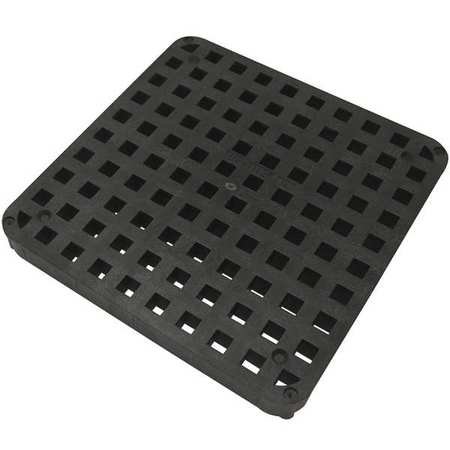Protect that Devise! - Static Dissipative Plastics
![]()
Plastic materials are commonly used to manage Electrostatic Discharge to protect IC devises throughout the manufacturing process. Static energy is a source for unwanted dust attraction or even worse can lead to the destruction of the circuit. ESD (Electrostatic Discharge) plastics are selected first by the range of control needed for the application. There are Conductive plastics which bleed off the electric charge in nanoseconds which actually conduct electricity. There are Antistatic materials that have a minimum capacity for the absorption of current and thus hinder the build up of static electricity.
 There are insulative materials that resist the flow of electric current, which is the natural state of most unfilled raw resin products. Finally there is the Static Dissipative range, which allows for a very controlled constant bleed off of electric current with decay rates measured in milliseconds. These static dissipative products are often used in semiconductor & electronic applications to limit damage to the devise throughout the manufacturing process.
There are insulative materials that resist the flow of electric current, which is the natural state of most unfilled raw resin products. Finally there is the Static Dissipative range, which allows for a very controlled constant bleed off of electric current with decay rates measured in milliseconds. These static dissipative products are often used in semiconductor & electronic applications to limit damage to the devise throughout the manufacturing process.
Selecting the proper range of current management is the first step in the process of product selection. There are then several factors to consider in deciding which is the actual product to select including but not limited to physical property requirements & thermal property requirements.
Second to the selection process is manufacturing method. Products are generally either extruded or compression molded. This has effect on both plate size and thickness as well as the physical properties achieved. Finally, the technology used to achieve the static dissipative qualities is important. Various fillers are used ranging from Carbon Fiber to Carbon Nano Tube (CNT) each with their own benefits and drawbacks.
COMMON RESIN FAMILIES FOR SEMICONDUCTOR & ELECTRONICS APPLICATIONS
- PEEK - delivering an HOT of 500°F, PEEK dissipative products are the top of the food chain. Available in extrusion, compression molded, carbon fiber and CNT versions to fit the application with the highest standards
- PEI - with an HOT of 410°F PEI dissipative products deliver huge performance for cost ratio. Mainly available in carbon fiber grades, this amorphous solution is a high strength alternative
- PET - with an HOT of 300°F, PET is the true in between product for value but still medium level physical property performance and high dimensional stability
- POM - with an HOT of 225°F this standard of the industry offers the lowest cost for value to the market. Used extensively in electronics fixturing, this product is available in extrusion format in both carbon fiber and CNT technologies
- PA6 - recording an HOT of 210°F Nylon offers unique toughness and is available in traditional carbon fiber filled
- UHMW-PE - with an HOT of 116°F, UHMW is the lower end static dissipative material for dimensional stability & thermal properties perfect for low cost room temperature applications
CONTACT YOUR LOCAL PORT PLASTICS PROFESSIONAL FOR ALL OF YOUR SEMICONDUCTOR NEEDS. PORTPLASTICS.COM
|
Download As PDF |
| Static Dissipative Plastics - PDF |
